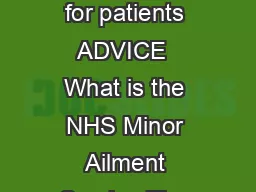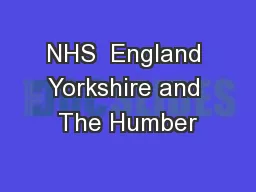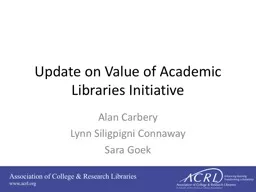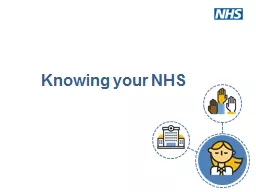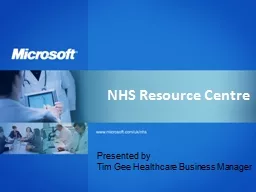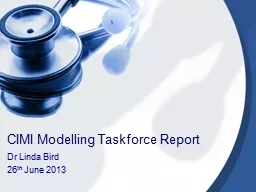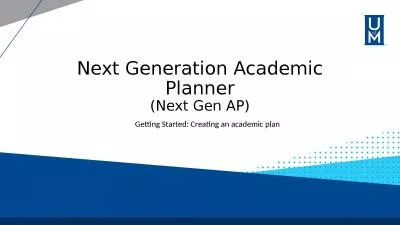PPT-How can academic research and modelling add value to NHS de
Author : pamella-moone | Published Date : 2017-03-21
Mr Andrew Fordyce FRCS Dr Mike D Williams Dr Mike Allen How the partnership story began 247 system reliability Built academic clinical partnership Need to
Presentation Embed Code
Download Presentation
Download Presentation The PPT/PDF document "How can academic research and modelling ..." is the property of its rightful owner. Permission is granted to download and print the materials on this website for personal, non-commercial use only, and to display it on your personal computer provided you do not modify the materials and that you retain all copyright notices contained in the materials. By downloading content from our website, you accept the terms of this agreement.
How can academic research and modelling add value to NHS de: Transcript
Download Rules Of Document
"How can academic research and modelling add value to NHS de"The content belongs to its owner. You may download and print it for personal use, without modification, and keep all copyright notices. By downloading, you agree to these terms.
Related Documents


